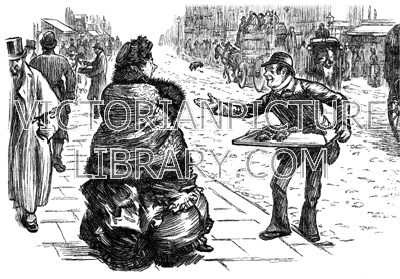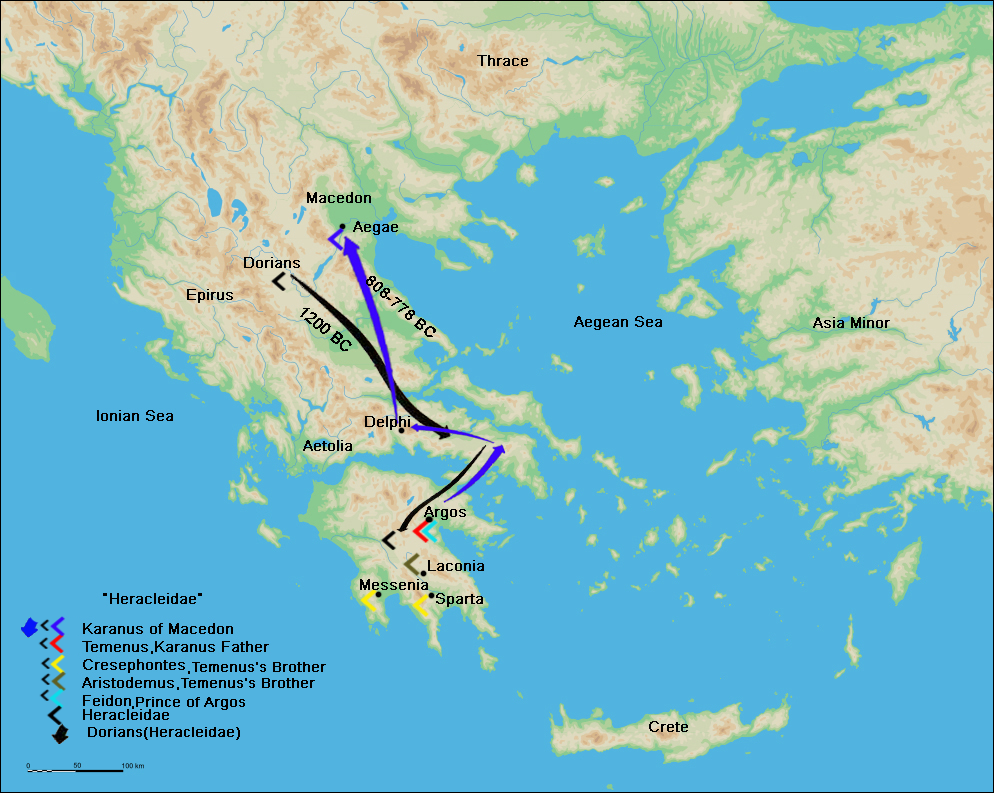 Vridar’s first post on a Hermann Detering work was in February 2007:
Vridar’s first post on a Hermann Detering work was in February 2007:
Little Apocalypse and the Bar Kochba Revolt
The next “mention” of Hermann Detering was subtle. It was hidden as a link in the last sentence — But that leads us to a new set of questions about dates and identities that will have to be addressed another time — of the post When did Peter first see the resurrected Jesus?
In May, 2011 I posted:
Another Possible Interpolation Conceded by Historicists of Old (and a question of heavenly trees)
A point I made in the main post was supplemented in the comments with further detail.
In January 2012 I included Hermann Detering as a scholar who proposed a different view from the one I was posting:
Couchoud on Acts of the Apostles
In the same month and year we looked at the relationship between Detering, Couchoud’s and Parvus’s views:
Paul’s Letter to the Romans – the creation of the canonical edition according to Couchoud
A day later we continued the same discussion:
Epistle to the Galatians — Couchoud’s view
February 2012 we discussed John the Baptist and included Hermann Detering’s views:
Was Jesus “John the Baptist”?
July 2012 Detering was listed as presenting a significant explanation that was ignored by a “hostile witness”:
Reply to Hoffmann’s “On Not Explaining ‘Born of a Woman’”
August 2012, we pointed out a significant point about Marcion’s editions of Paul’s letters that had been pointed out by Hermann Detering:
Is Paul the Beloved Disciple?
I included a Hermann Detering title in an “interesting books” list, November 2012:
Some interesting book titles
September 2013, Roger Parvus acknowledged his debt to Hermann Detering:
A Simonian Origin for Christianity, Part 1
April 2014, Hermann Detering was added to the team of witnesses refuting aspersions cast by Maurice Casey:
Maurice Casey’s Failure to Research Mythicists — More Evidence
June, 2014, I was able to link Hermann Detering’s view of a passage in Romans to an early attempt to refute the Christ Myth theory:
“It is absurd to suggest. . . . ” (A rare bird among the anti-mythicists)
February 2015, an occasion to revise the same point:
Jesus the Seed of David: One More Case for Interpolation
March 2015: Notes on a Facebook post by Hermann Detering about a “coming out” clergyman
Mythicism Making Christianity More Meaningful
A link to Rene Salm’s translation of a review by Hermann Detering, May 2016
Hermann Detering’s Review of Lena Einhorn’s “Shift in Time” Part 2
Another link to a translation of Rene Salm’s page of another review by Hermann Detering: June 2016
Hermann Detering, Richard Carrier and the Apostle Paul
A few days later another link to Rene Salm’s site in which Hermann Detering argues strongly against Richard Carrier:
Hermann Detering confronts Richard Carrier—Part 3
October 2017, our first signs of what appears to have been Hermann Detering’s last major work:
The Gnostic Interpretation of the Exodus and the Beginnings of the Joshua/Jesus Cult — Hermann Detering
April 2018, continuing after a tense wait . . .
Hermann Detering on the place of Gnosticism and Buddhism in Jesus Cult Origins
Gnostic Interpretation of Exodus and Beginnings of the Joshua/Jesus Cult
Crossing the water: Comparing Buddhist and Christian imagery
August 2018, a commentary by Rene Salm on “The Gnostic Meaning of the Exodus and the Beginning of the Joshua/Jesus Cult” —
Hermann Detering and Robert M. Price
September 2018, an updated revision of one of his works:
New (revised) paper by Hermann Detering: Odes of Solomon and Basilides
October 2018 I discovered Hermann Detering along with Parvus and Price had not been alone on a critical point:
Enticed by a great quote & surprised by an unexpected “mythicist”
Same month, another commentary by Rene Salm:
The Detering Commentaries: Christian Origins, Joshua, Gnosticism and Buddhism
Later in October 2018, Detering is listed with 12 other witnesses standing against another facile claim:
A constructive exchange with Tim O’Neill on the question of the historicity of Jesus
Response #1 to the Non Sequitur program with Tim O’Neill: MOTIVES
Last mention, November 2018, a month after he died, it appears
Mythicist Papers: Resources for the Study of Christian Origins – Update
And in case you missed it, earlier today:
Very sad news
….
I corresponded from time to time with him. He once sent me a book and I returned the favour with a token gift. He was always a part of my thinking on any biblical or Christian origin question. And of course through our personal correspondence I often wondered and thought about what he was like, and, from all I could tell, I liked him a lot. I’ll miss him.
Like this:
Like Loading...












